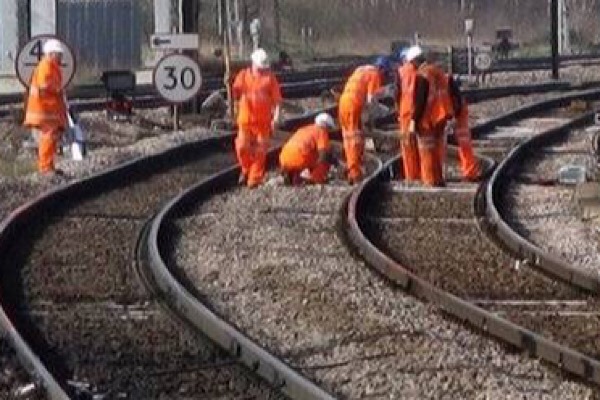Fehmarnbelt Tunnel will be the longest immersed tunnel ever in the world. This much awaited work has begun which is connecting Denmark and Germany. The fixed immersed tunnel link across the Fehmarnbelt will be more than 18 km long and carry a four-lane motorway alongside a twin track-electrified railway across the Baltic Sea will shorten the journey between both countries to just 10 minutes by car and seven minutes by train. It will also cut short the train journey between Hamburg and Copenhagen from about four and a half to merely three hours.
The Fehmarnbelt Tunnel will connect the 11.1 miles of Baltic Sea between Denmark and Germany. It requires an amount of steel, equivalent to about 50 Eiffel Towers. The tunnel has been allotted a budget of about $8.2 billion, a significantly smaller cost than what it took to build the Channel Tunnel, connecting England to France. When the “Channel” opened in 1993, it cost approximately $15.5 billion to construct its 30 miles.
Here, eight identical production lines will be set up for the continuous casting of the huge reinforced concrete elements that will form the structure of tunnel. The Fehmarnbelt tunnel is an epitome of innovative design by challenging the existing tunnel building standards. Its pioneering longitudinal ventilation system and state-of-the-art safety and security features improve the overall functionality of the tunnel.
Made from a series of nine identical segments that are joined together during the manufacturing process, each element will weigh approximately 73,000 tonnes and will be 217m long, 9m high and 42m wide. A total of 89 separate elements will be produced for the tunnel. Ten of these will feature a special additional deck beneath the traffic tube that will be used to carry out maintenance work once the tunnel is operational.
Once an element has been cast, watertight steel bulkheads will be added to each end of element to ensure that it floats and it will be pushed into a basin and towed to a holding area near the trench. Once positioned directly above the trench, cables anchored to the seabed will hold the element in position, and its ballast tanks will be filled with water to enable it to sink to the seabed. Its descent to the immersion site will be carefully controlled by cables attached to the immersion pontoon while a combination of GPS and sonar will help guide the giant structure to its final resting place.
Featuring an electrified double-track railway and a four-lane motorway, the construction of the €7 billion project will take on hollow concrete elements, cast on land, and assembled section by section to form the immersed tunnel. Placed in a 60-meter wide, 16-meter deep trench, dug up in the seabed, the concrete elements will be towed by large tugboats before being lowered down. Moreover, portal structures, buildings, bridges, and ramps will be implemented.
Fehmarn tunnel becomes one of the most advanced links of its kind in the world. The project is expected to move into the actual production stage of the tunnel sections by 2023.Slated to open to the public in 2029.

Source: bloggershrutidosh










